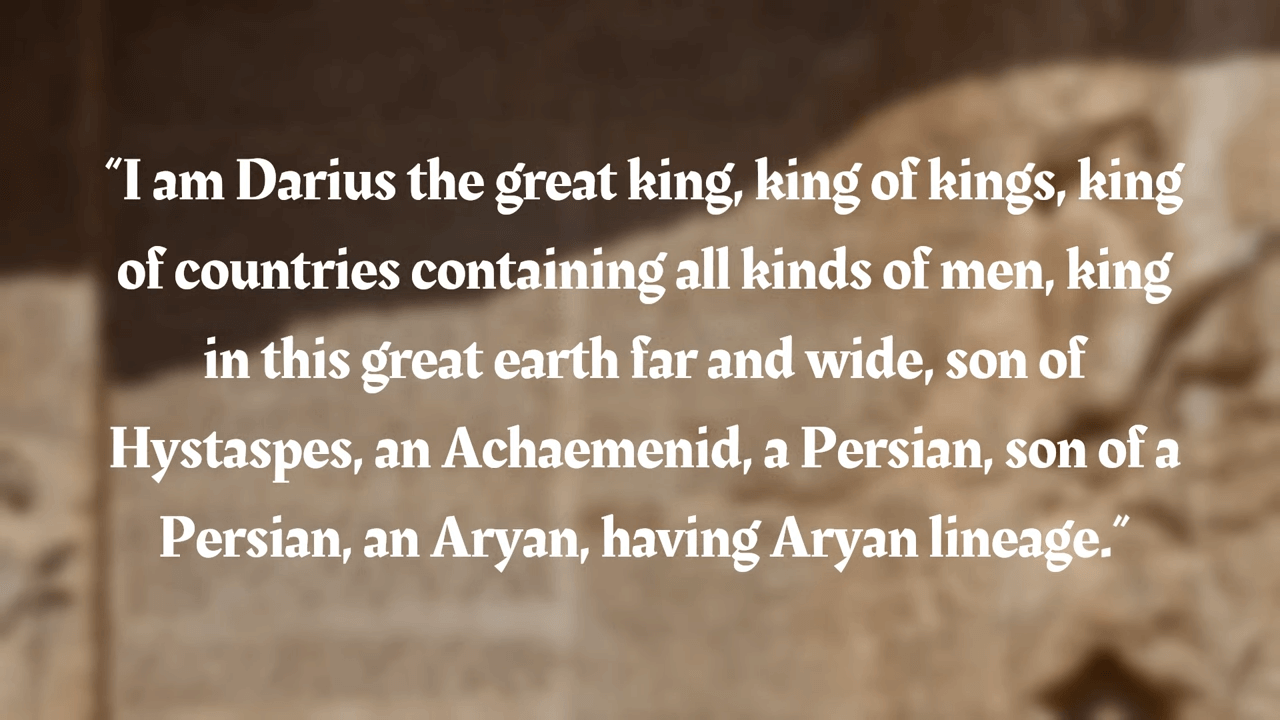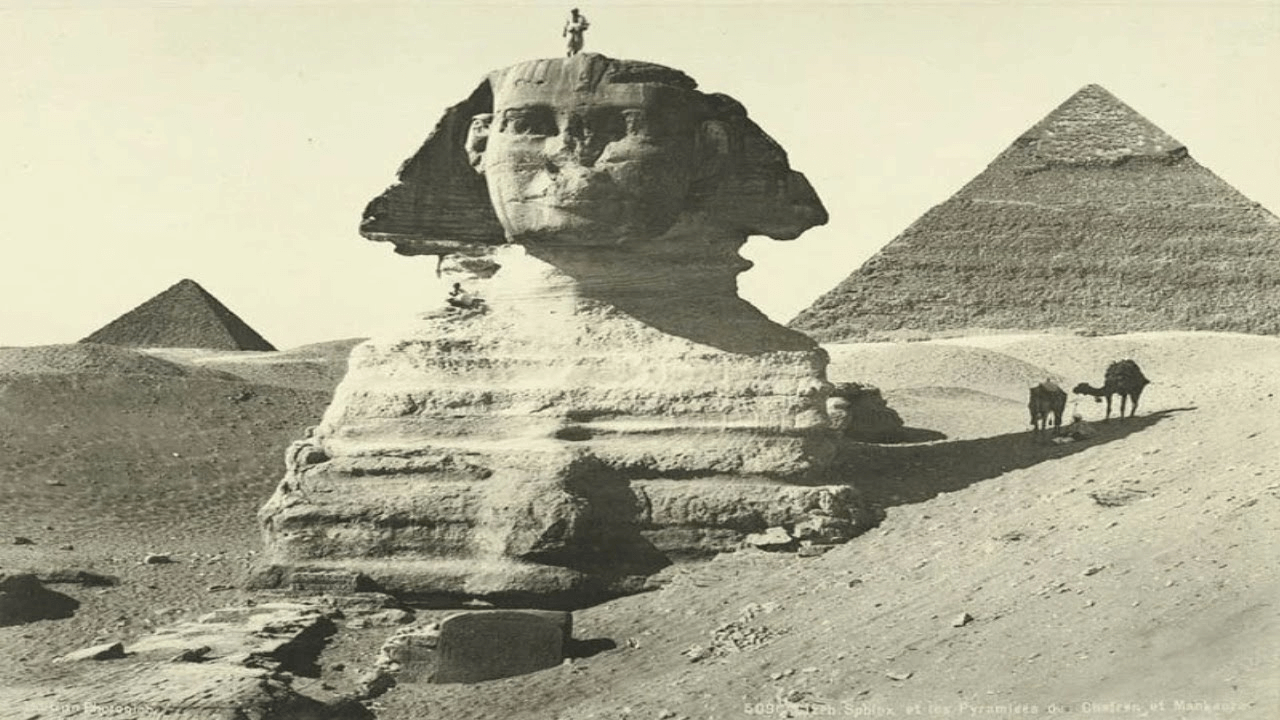Unraveling the Origins and Identity of the Original Aryans: A Journey through Time and Culture
The term "Aryan" has been a subject of significant debate and controversy, with origins rooted in ancient history and culture. The notion of the Aryans has undergone a transformation from its origination to its modern interpretation. Tracing back to ancient times, the identity and origins of the original Aryans hold an invaluable key to understanding early Indo-Iranian society and its cultural practices.
The concept of Aryans was not a modern construct; instead, it finds its roots in historical accounts. An early reference to Aryans can be found in the words of Darius I, an ancient ruler who identified himself as an Aryan in inscriptions, suggesting that the term held significant cultural, social, and political relevance at that time.
Historically, the original Aryans identified themselves as Arya and were believed to have originated in Northern India. However, recent evidence has pointed towards the Sintashta culture in Russia as the possible birthplace of the Indo-Iranians, challenging previously held beliefs about their origins. The Sintashta culture, known for its advanced metallurgy and chariot technology, is considered a significant cultural hub from which the Aryans may have emerged.
The burial customs of the Aryans provide further insight into their culture and beliefs. The Sintashta culture was known for its unique funeral rituals, including the practice of horse sacrifice and public feasting at funerals. These customs shed light on the spiritual and ceremonial aspects of Aryan culture and hint at their complex belief systems and social structures.
Moreover, linguistic evidence suggests that the Sintashta culture may have been the birthplace of the Aryans speaking Proto-Indo-Iranian, a precursor to the languages spoken in the region today. This linguistic connection further strengthens the proposed link between the Sintashta culture and the origins of the original Aryans.
Over time, the term "Aryan" underwent a transformation in its meaning. Originally associated with a specific cultural and ethnic identity, the term lost its ethnocultural connotation and came to signify "noble." This evolution in meaning reflects the complex historical and cultural journey of the Aryans and their impact on world civilization.
In conclusion, the origins and identity of the original Aryans provide a rich tapestry of historical, cultural, and linguistic evidence that offers a deeper understanding of early Indo-Iranian societies. The journey from the ancient inscriptions of Darius I to the burial customs of the Sintashta culture unveils the complex and multifaceted nature of the Aryans, shedding light on their origins, beliefs, and cultural practices. As our knowledge of this ancient civilization continues to evolve, so too does our understanding of the enduring legacy of the original Aryans.



































